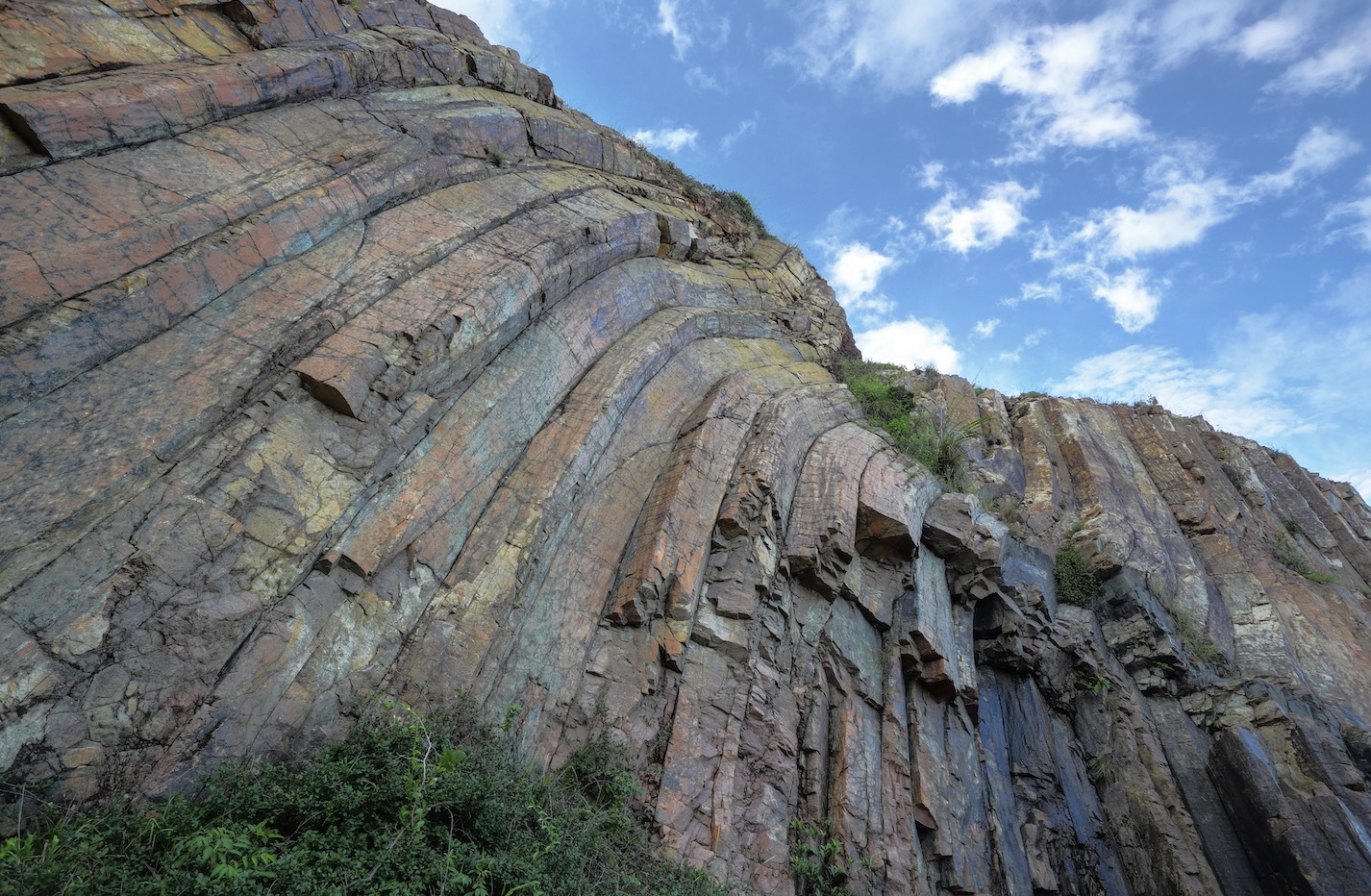This comprehensive guide, titled “Geography Grade 10 Questions and Answers PDF Term 3,” aims to address the critical environmental and societal issues covered in...
Welcome to your Grade 10 Geography notes on Plate Tectonics! This guide will help you understand the structure of the Earth, the theory of plate tectonics, and the impact of plate movements on the Earth’s surface. By the end of this section, you should have a comprehensive understanding of these fundamental geological concepts.
Structure of the Earth

- Layers of the Earth
- Crust: The outermost layer of the Earth. It is solid and relatively thin compared to the other layers.
- Continental Crust: Thicker and less dense, composed mainly of granite.
- Oceanic Crust: Thinner and denser, composed mainly of basalt.
- Mantle: The layer beneath the crust, extending to a depth of about 2,900 kilometers. It is composed of semi-solid rock that can flow slowly.
- Upper Mantle: Contains the asthenosphere, a semi-fluid layer that allows tectonic plates to move.
- Lower Mantle: More rigid and extends to the outer core.
- Core: The innermost layer of the Earth, consisting of two parts.
- Outer Core: Liquid layer composed mainly of iron and nickel.
- Inner Core: Solid due to immense pressure, composed mainly of iron and nickel.
- Crust: The outermost layer of the Earth. It is solid and relatively thin compared to the other layers.
Theory of Plate Tectonics
- Introduction to Plate Tectonics
- Definition: Plate tectonics is the theory that explains the movement of the Earth’s lithosphere, which is divided into tectonic plates.
- Key Concepts:
- Lithosphere: The rigid outer layer of the Earth, broken into tectonic plates.
- Asthenosphere: The semi-fluid layer beneath the lithosphere that allows tectonic plates to move.
- Types of Plate Boundaries
- Divergent Boundaries: Where plates move apart, creating new crust (e.g., Mid-Atlantic Ridge).
- Convergent Boundaries: Where plates move towards each other, often causing one plate to sink beneath the other (subduction) or forming mountain ranges (e.g., Himalayas).
- Transform Boundaries: Where plates slide past each other horizontally, causing earthquakes (e.g., San Andreas Fault).
Plate Movements and Their Effects
- Seafloor Spreading
- Description: The process by which new oceanic crust is formed at divergent boundaries, causing the seafloor to spread.
- Example: Mid-Atlantic Ridge.
- Subduction Zones
- Description: Areas where one tectonic plate is forced beneath another, leading to volcanic activity and the formation of deep ocean trenches.
- Example: The Ring of Fire around the Pacific Ocean.
- Mountain Building
- Description: The process of mountain formation due to the collision of continental plates at convergent boundaries.
- Example: The Himalayas formed by the collision of the Indian Plate and the Eurasian Plate.
- Earthquakes
- Description: Sudden movements of the Earth’s crust caused by the release of stress accumulated along faults or at plate boundaries.
- Example: Earthquakes along the San Andreas Fault in California.
Importance of Plate Tectonics
Understanding plate tectonics is crucial for comprehending the geological processes that shape the Earth’s surface. This knowledge helps in predicting natural disasters such as earthquakes and volcanic eruptions, as well as in exploring natural resources.
Downloadable Notes
- 2-Geo-Gr-10-ANSWER-SHEET-TO-2-WORKSHEET-2-STRUCTURE-OF-THE-EARTH-AND-PLATE-TECTONICS (Download)
- 2-Geo-Gr-10-GEOMORPHOLOGY-WORKSHEET-2-STRUCTURE-OF-THE-EARTH-AND-PLATE-TECTONICS (Download)
- 2-Geo-Gr-10-Plate-tectonics (Download)
These resources will provide further insights and help reinforce your understanding of plate tectonics. Make sure to review the worksheets and answer sheets to test your knowledge and grasp the concepts thoroughly.






